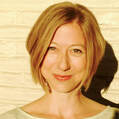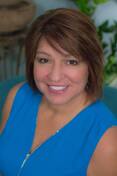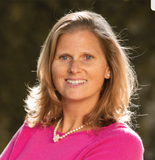
Sunday, March 8th, at 3:00 AM, we will spring forward and be on Daylight Savings Time (DST) in most of the United States, Europe and Canada. This abrupt change in time in relation to daylight may be the cause of a variety of negative health and safety effects. Many people struggle for a week to overcome the time change. People experience lost productivity, lower quality of life, increased illness and complain of just feeling tired.
Focusing on selfcare before the time change may help to alleviate some of the impact. You might:
- Try to go to bed 15-20 minutes earlier each night for 2-3 nights before the time change. This may allow your body to adjust more easily.
- Begin to adjust the timing of your meals a little earlier each day for 2-3 days. This may be especially important with dinner.
- Get some early morning sunlight, especially on the first day of the time change, Sunday. The bright light helps to set your body’s clock to the new daytime hours and become fully awake.
- Be careful driving and operating machinery if you feel drowsy. Your reaction times may be delayed, and accidents may happen.
- Stick with your normal bedtime on Sunday to get plenty of sleep for your Monday normal waking routine.
- Avoid using phones and computers in the evening to decrease the blue light wavelengths which decrease melatonin, your sleep hormone.
- Avoid caffeine, nicotine and alcohol for several hours before bedtime. Caffeine is best consumed before noon.
Studies show the negative health consequences of DST.
Monday is routinely associated with more heart attacks than any other day of the week. It is known as the “Monday cardiac phenomenon.” After DST there is an additional 24% increase in heart attacks on Monday. Conversely, there is also a 21% drop in heart attacks on Tuesday following the end of DST.
There is an increase in traffic accidents and workplace injuries on Monday after DST.
There is lost productivity after DST. Cyberloafing, surfing the web for unrelated content to work, increases after the time change.
Judgement may be impaired. There are studies showing increase in spending on the Monday after the time change. A study of federal courts found 5% longer sentences handed down on “sleep Monday.” Managers may find themselves doling out harsher criticisms.
Students taking a test on the Monday after DST may find a decrease in test scores.
Our European neighbors have plans to phase out DST in 2021. The European Union has noticed these negative consequences to their population’s health and economy and are acting. Russia stopped their time changes in 2011. Asia and Africa do not change their times during the year.
Disclaimer: This information is being provided to you for educational and informational purposes only. It is being provided to you to educate you about healthy eating and lifestyles and as a self-help tool for your own use. It is not medical or psychological advice. This information is to be used at your own risk, based on your own judgment. For my full disclaimer, please go to donnakkelly.com\disclaimer










 RSS Feed
RSS Feed